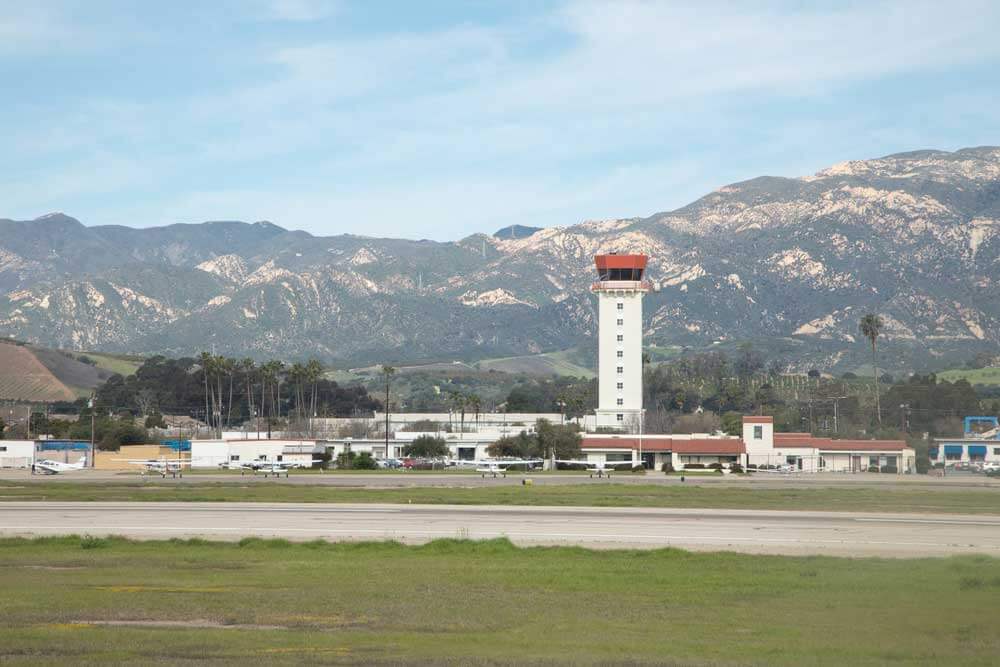The integration of Advanced Air Mobility (AAM) and uncrewed aerial vehicles (UAVs) into existing airport infrastructures and state-level planning frameworks presents both challenges and opportunities. At the UAS Summit 2024, industry leaders shared their expertise on how states can best prepare for this revolutionary technology. Here are the top 10 strategies derived from their insights:
1. Forge Critical Partnerships
The foundation of successful AAM implementation lies in building strong partnerships. Robert Corder, Vice President of Attraction at Battle Creek Unlimited, emphasized the importance of collaborating with airports and experienced AAM partners. He explained: “There’s been two partnerships that have been really key,” he said. “Number one is the airports. Number two is having a partner like Tom Swoyer and his team at GrandSKY who knows this stuff.”
2. Collaborate with the Energy Sector
AAM’s power requirements are substantial and demand early consideration. Trevor Woods, Executive Director of the Northern Plains UAS Test Site (NPUASTS), highlighted that a vertiport handling seven aircraft during a typical one-hour lunch period requires 6 to 9MW of power. “This substantial power demand is equivalent to the energy consumption of two factories in a region,” he said. This significant energy demand necessitates proactive collaboration with the energy sector to ensure adequate infrastructure.
3. Leverage Existing Assets
Rather than building entirely new systems, states should focus on repurposing and supplementing existing infrastructure. Christopher Starr, State Aviation Manager with the Tennessee DOT, shared how Tennessee is utilizing its 77 public use airports to develop regional air mobility (RAM). ”We’re focusing on how we can continue to take care of these already existing and under utilized assets. We hope that attracting new aviation entrants will help revitalize these smaller airports while also enabling us to be ready for AAM,” Starr explained. Corder noted that Battle Creek’s AAM initiative, from its start in 2018, also focused on leveraging existing assets to create jobs and attract new investments in this emerging aviation sector. This approach not only maximizes resource efficiency but also revitalizes underutilized assets.
4. Conduct Thorough Research
Comprehensive research and feasibility studies are essential for informed decision-making. Tom Swoyer, Founder & President of GrandSKY, emphasized the importance of understanding the structural requirements for AAM operation. He noted a feasibility study he commissioned revealed that non-airport structures such as parking garages and building rooftops were ill-suited to accommodate the weight and operational requirements of AAM vehicles. States should evaluate their existing infrastructure, consider future electrification needs, and assess the broader societal impacts of AAM implementation.
5. Prioritize Education and Awareness
Continuous education is key to AAM readiness. This includes self-education for state officials, as well as public outreach and awareness campaigns. Starr highlighted the importance of establishing educational initiatives to keep all stakeholders informed about the latest developments in AAM. ”First and foremost,” Starr said, “it started with educating ourselves. We attend conferences like this because that help us understand the UAS and AAM landscape.”

6. Integrate AAM with Existing Transportation Systems
A holistic approach to AAM integration involves considering its role within the broader transportation ecosystem. States should explore how AAM can complement and enhance existing mobility options, including potential use cases such as organ transportation.
7. Empower Local Governments
Shawn Bullard, CEO of Duetto Group,stressed the importance of local and state governance in AAM problem-solving and community development. He advocated for less reliance on federal solutions and encouraged local officials to take initiative in AAM adoption. Cautioning on over-reliance on federal solutions, he said, “What really frustrates me is that there are a lot of individuals who gravitate so much to the federal component to solve all their AAM challenges. It is just not the right tack,” he said. He encouraged local officials to be open to new ideas that could put their communities ahead in terms of AAM adoption.
8. Secure Diverse Funding Sources
Implementing AAM strategies requires substantial financial resources. Corder emphasized the importance of securing state-level funding and support. Corder emphasized the importance of securing state-level funding and support: “Having a partner like the state Department of Transportation that can help with funding which has been crucial for our progress.”Additionally, Bullard suggested exploring innovative financing models, such as public-private partnerships, to support the significant infrastructure investments required for AAM.
9. Establish Industry Advisory Boards
Collaborative governance models, such as industry advisory boards, play a crucial role in AAM integration. Woods shared North Dakota’s success with an advisory board that provides valuable input on regulatory and operational challenges. “This collaborative approach has been key to our success as a leading FAA test site,” he said. Starr noted that Tennessee has taken a similar approach by creating working groups of industry stakeholders, government officials and academic experts to address challenges and inform policy decisions. Bullard agreed, adding, ”By working together and remaining open to new ideas, we can create an ecosystem that supports innovation and positions our communities at the forefront of the AAM revolution,” he said. Diverse advisory boards bring together a wide range of stakeholders that can better inform policy decisions and address implementation hurdles.
10. Future-Proof AAM Ecosystems
As AAM technology evolves, infrastructure must be designed with adaptability in mind. Swoyer stressed the importance of creating flexible vertiports and AAM infrastructure that can accommodate emerging technologies and use cases. This forward-thinking approach ensures long-term viability and maximizes the potential of AAM systems.
Implementing AAM: A Collaborative Effort
The journey towards AAM readiness is complex, but with careful planning, strategic investments, and a commitment to collaboration, states can pave the way for a future where advanced air mobility becomes an integral part of their transportation infrastructure. The successful integration of AAM requires a multifaceted approach that combines strategic partnerships, infrastructure adaptation and innovative governance models. By following these top 10 strategies, states can position themselves at the forefront of the AAM revolution and unlock new opportunities for economic growth, improved transportation and enhanced quality of life for their citizens. As these industry pioneers have shown, the key to success lies in proactive preparation, adaptability and a willingness to embrace the transformative potential of AAM technology.

